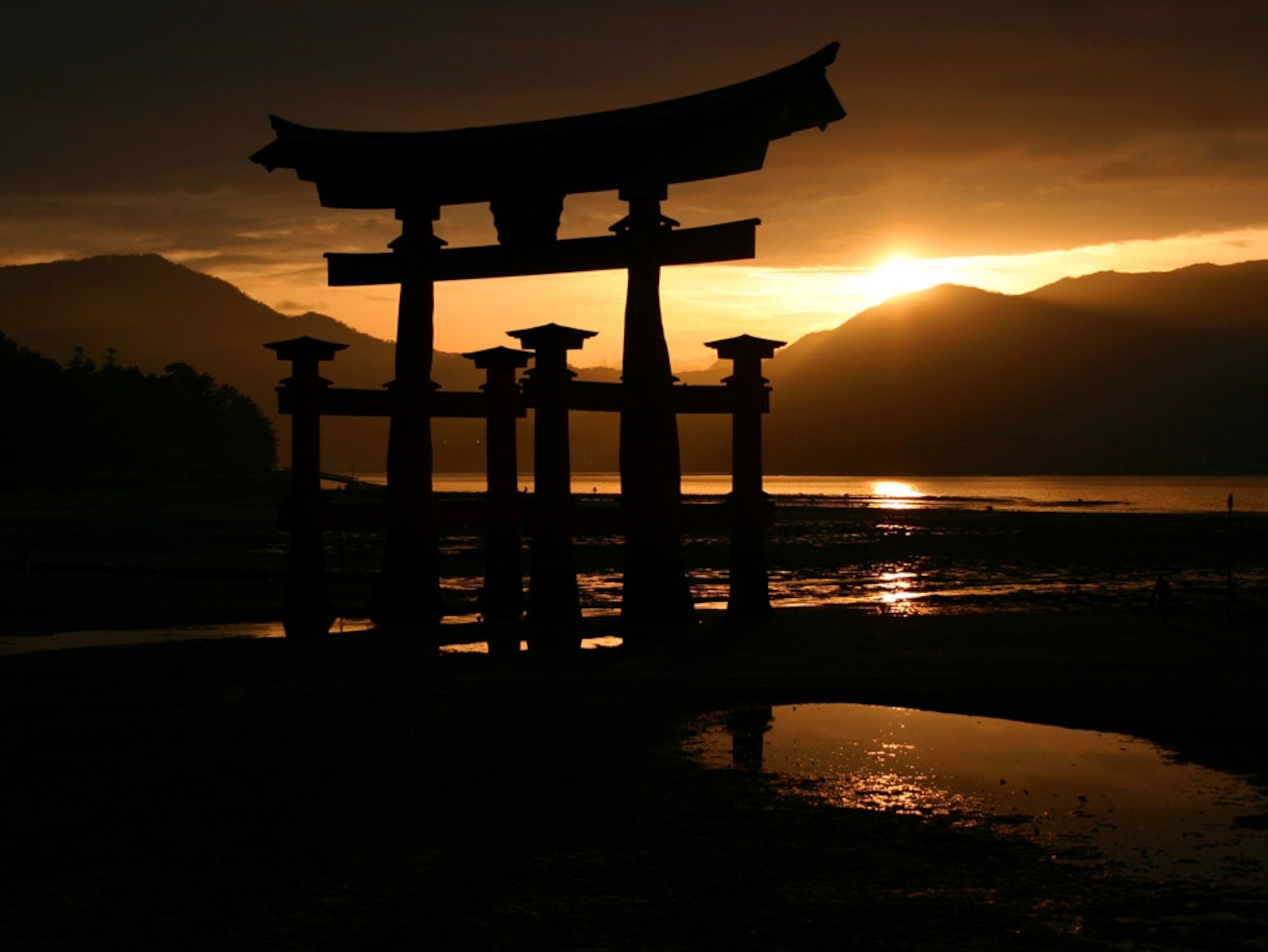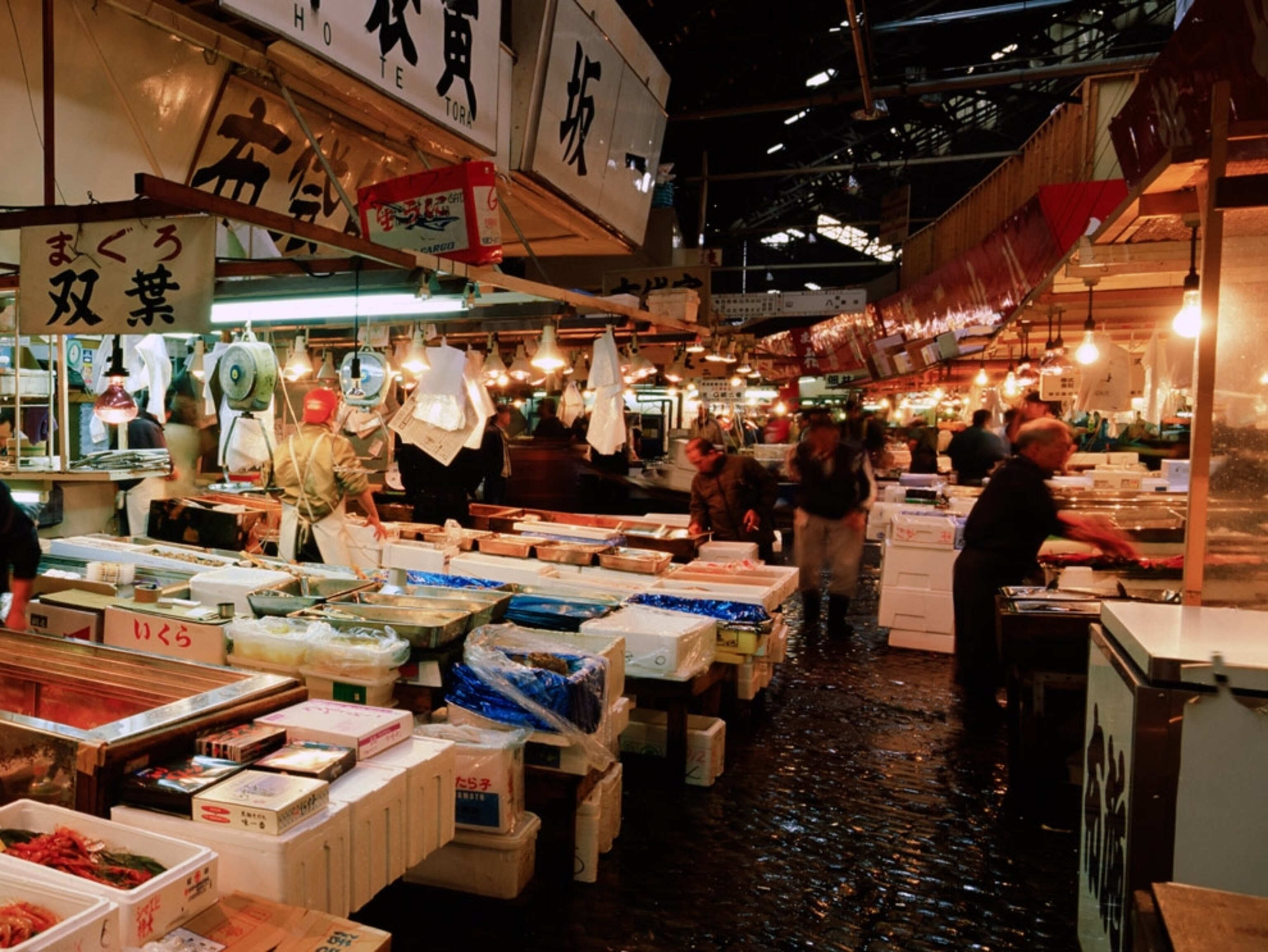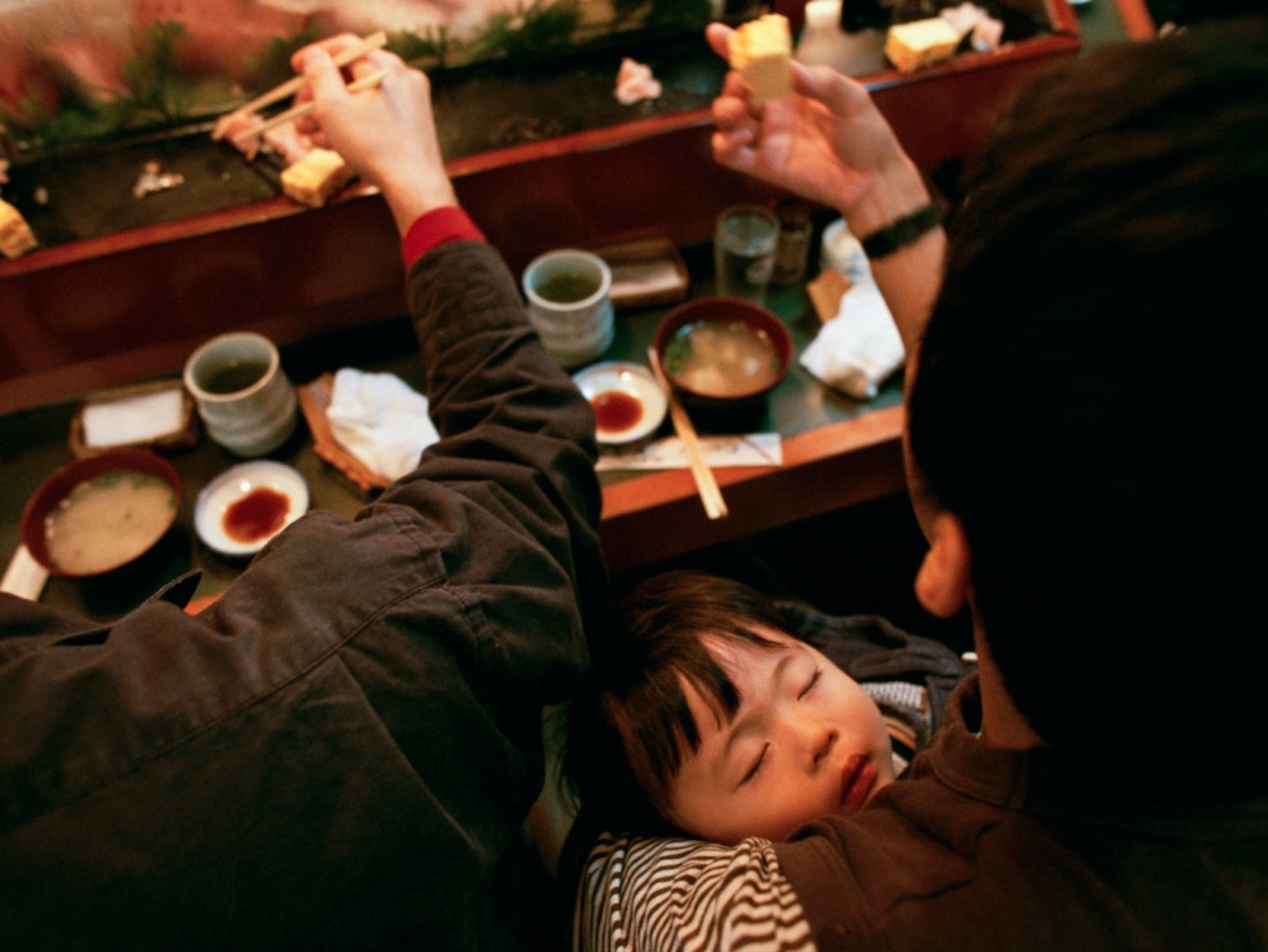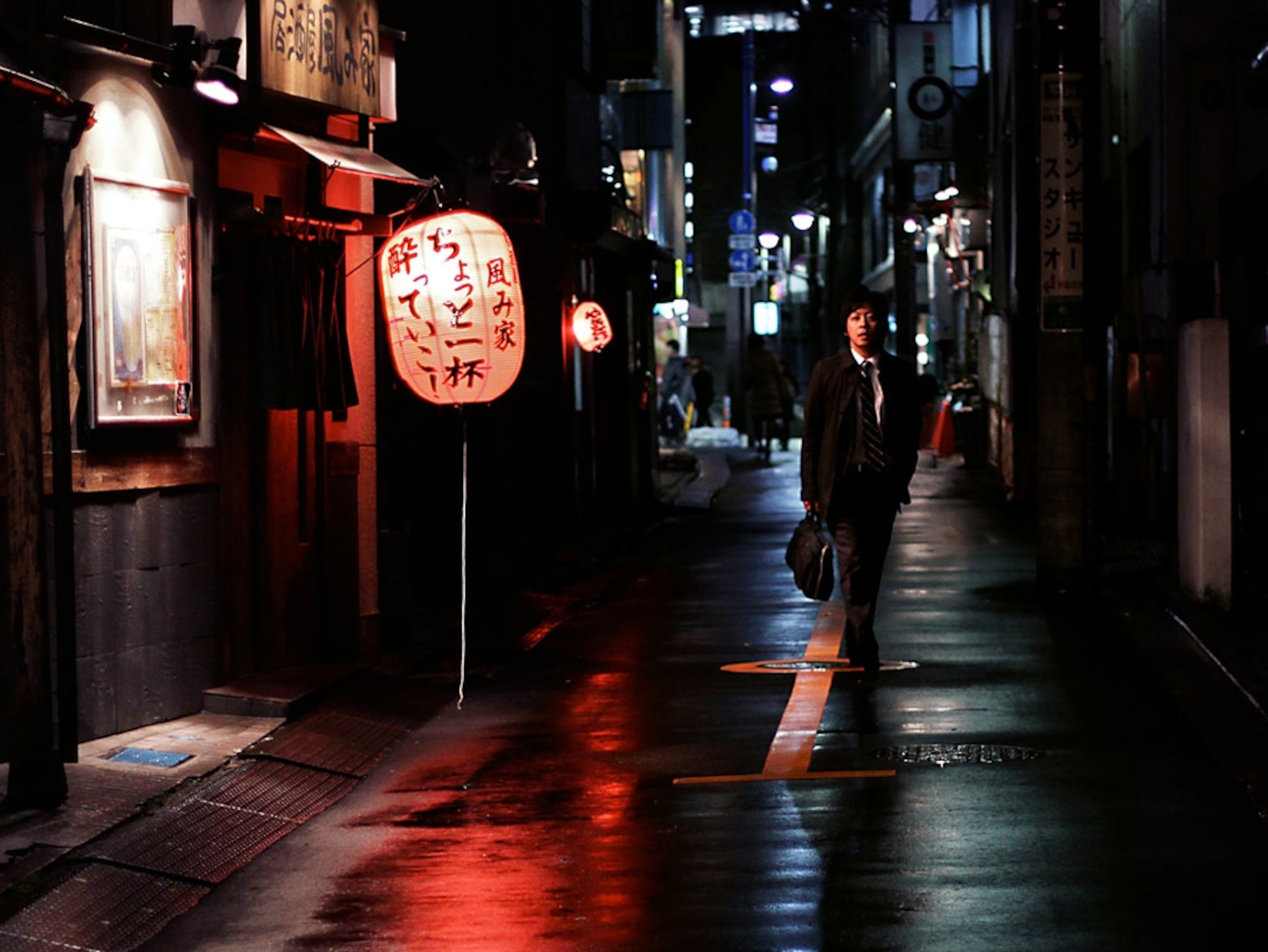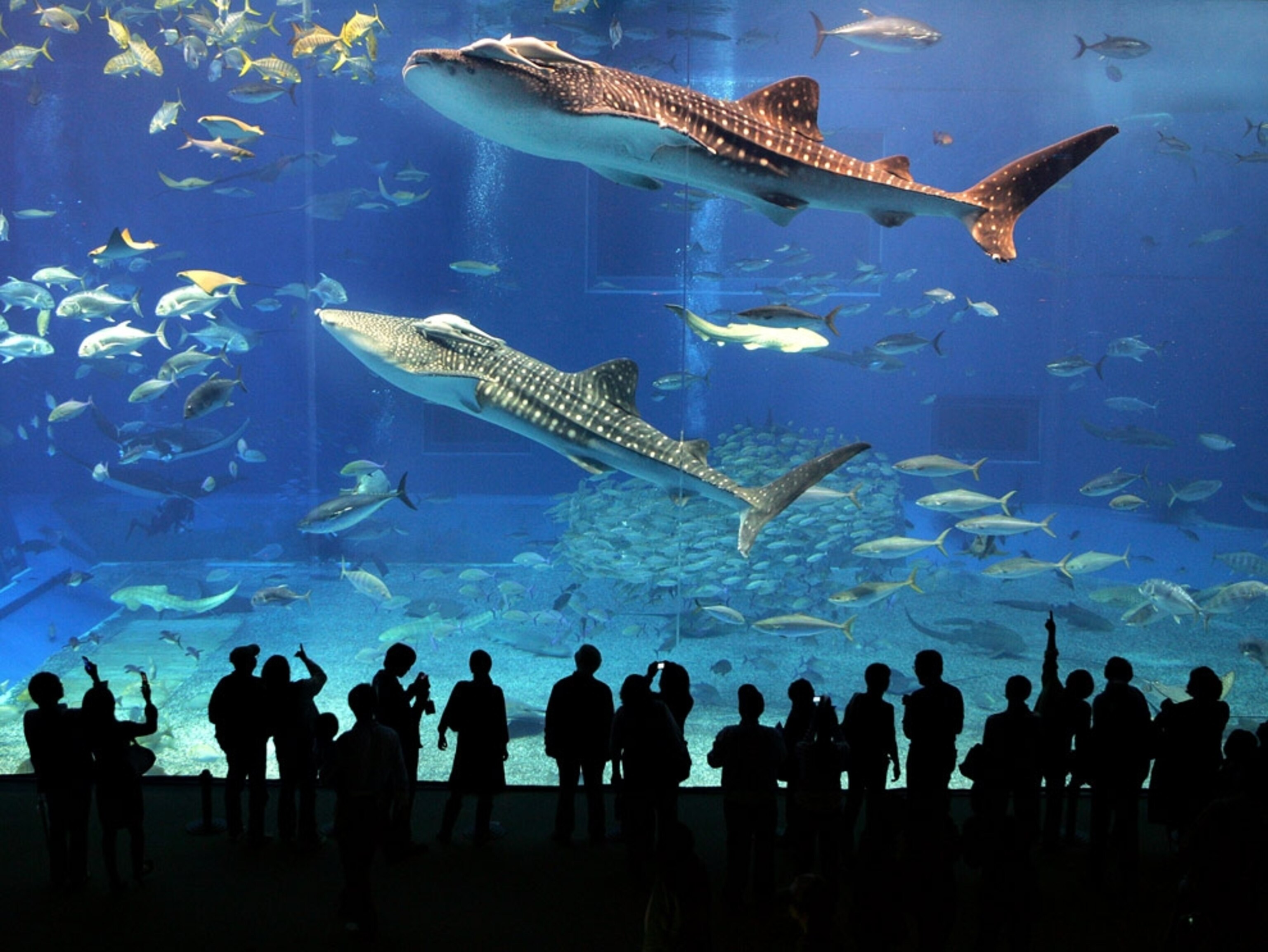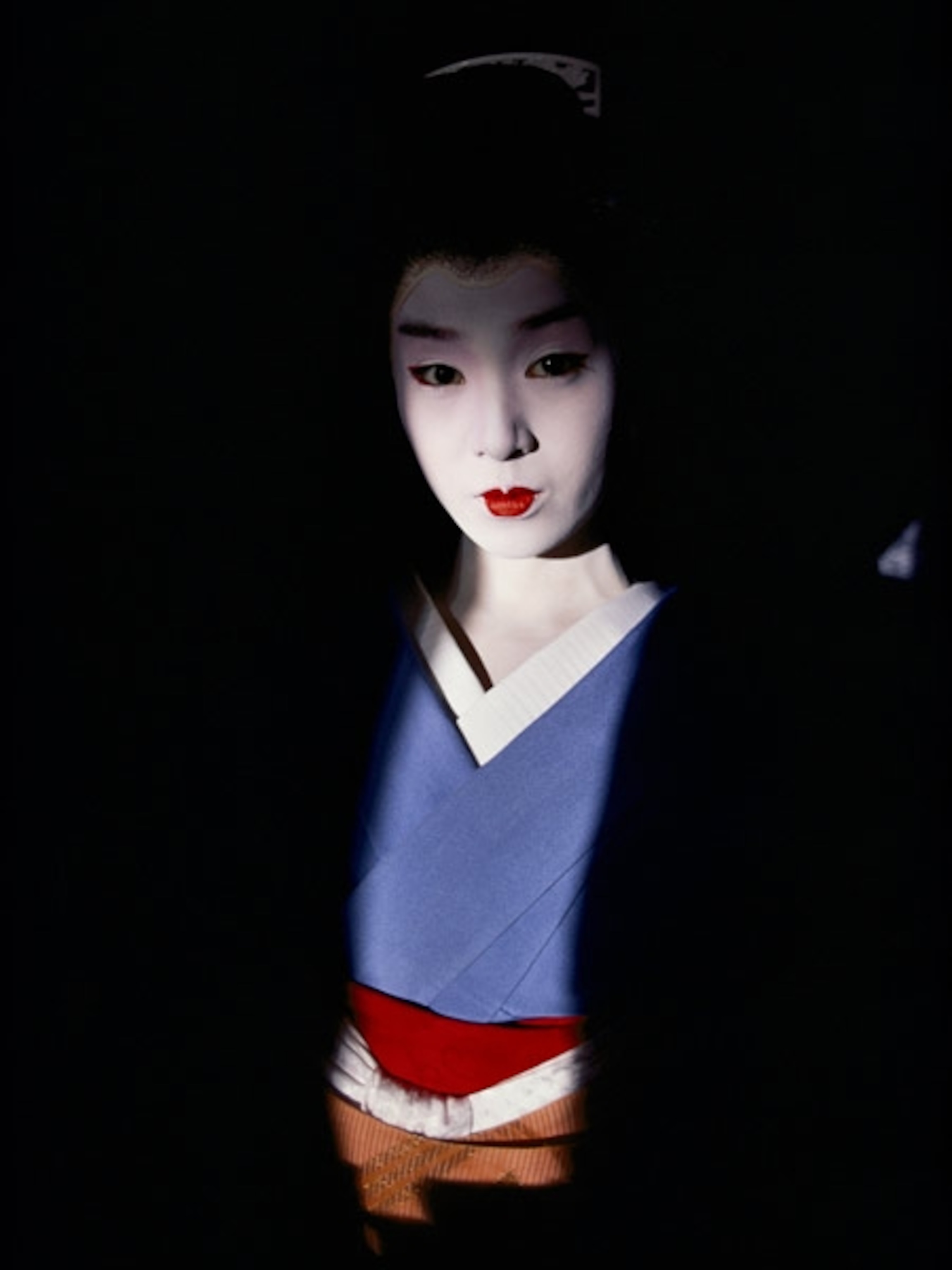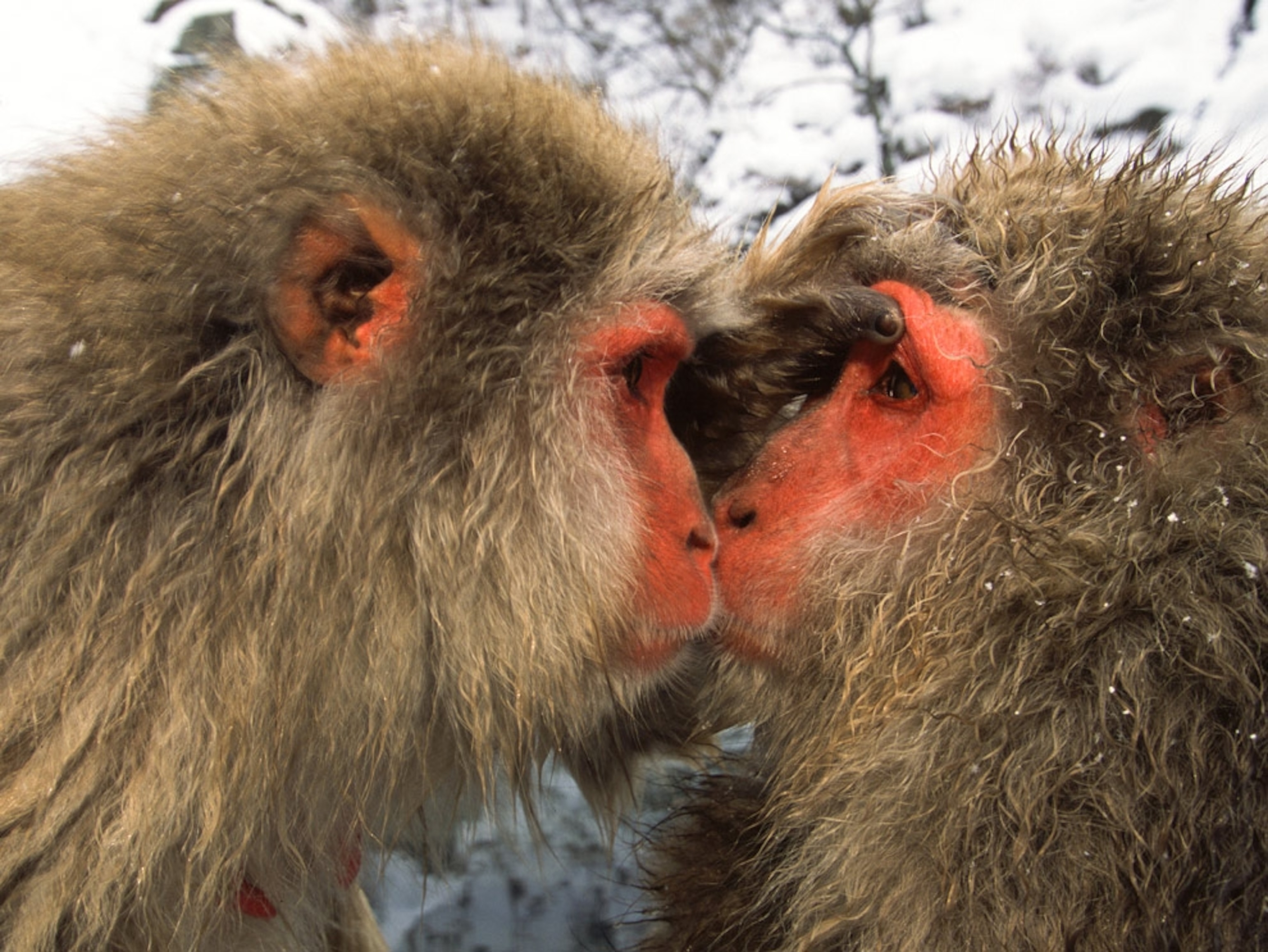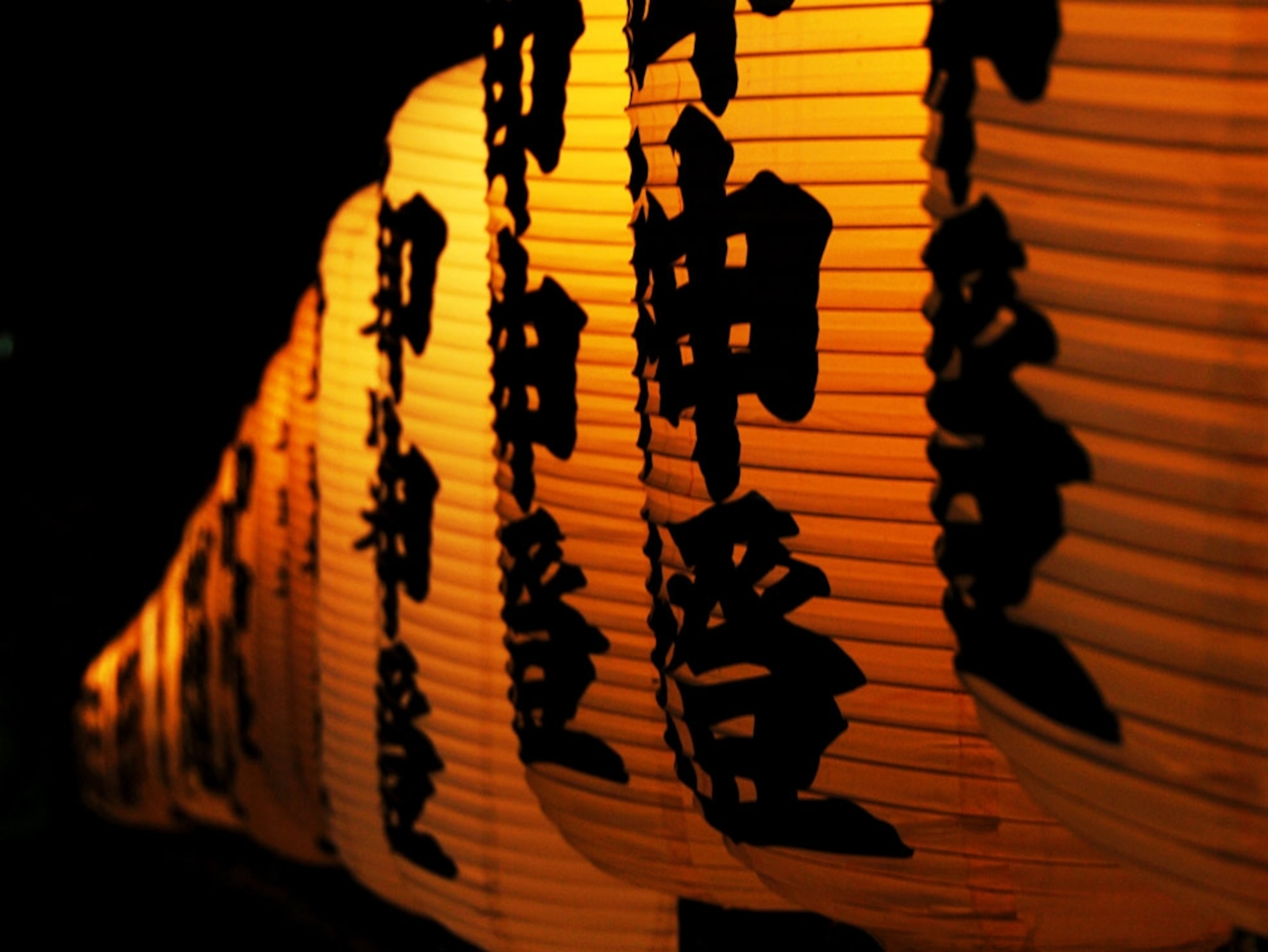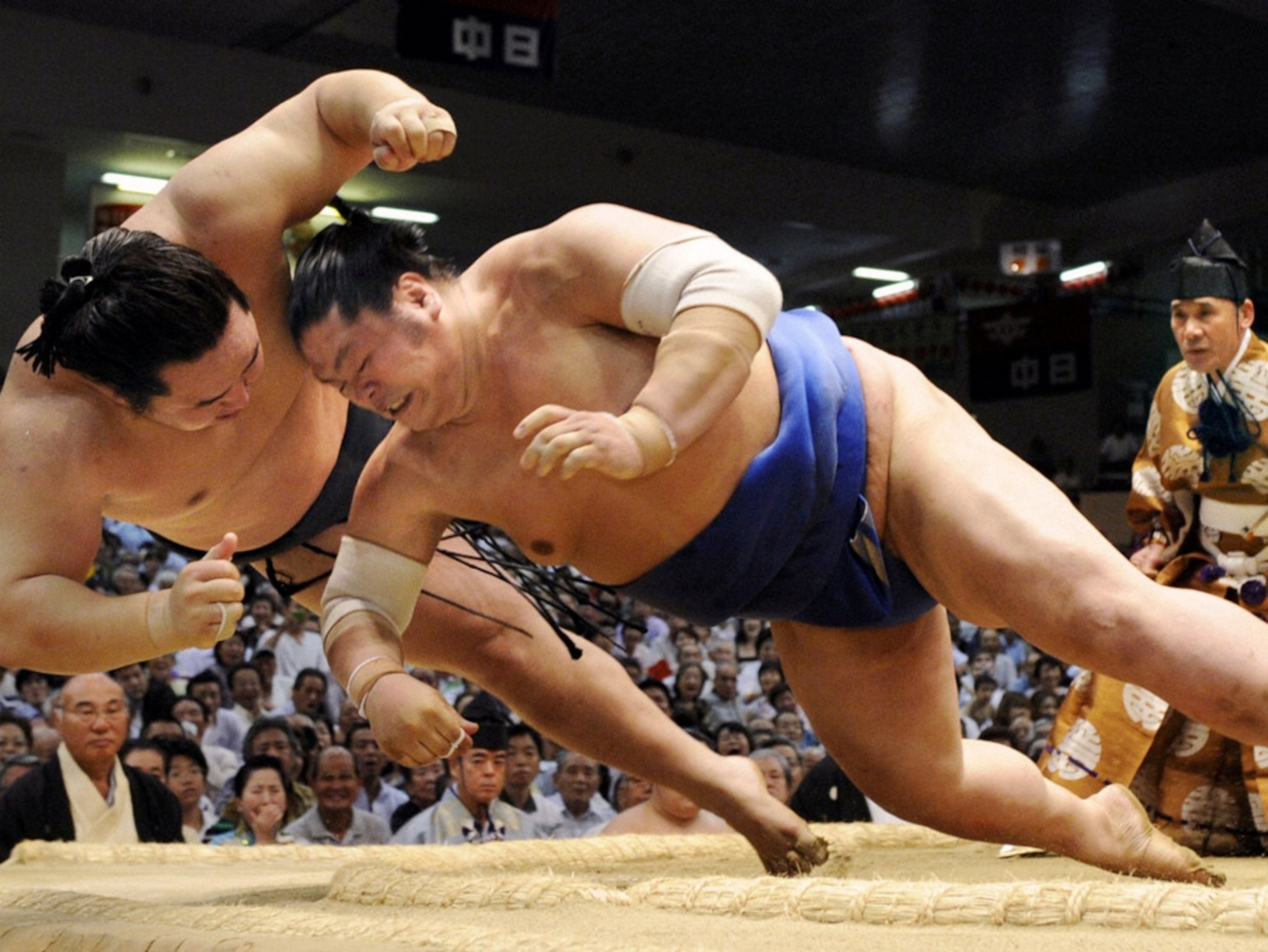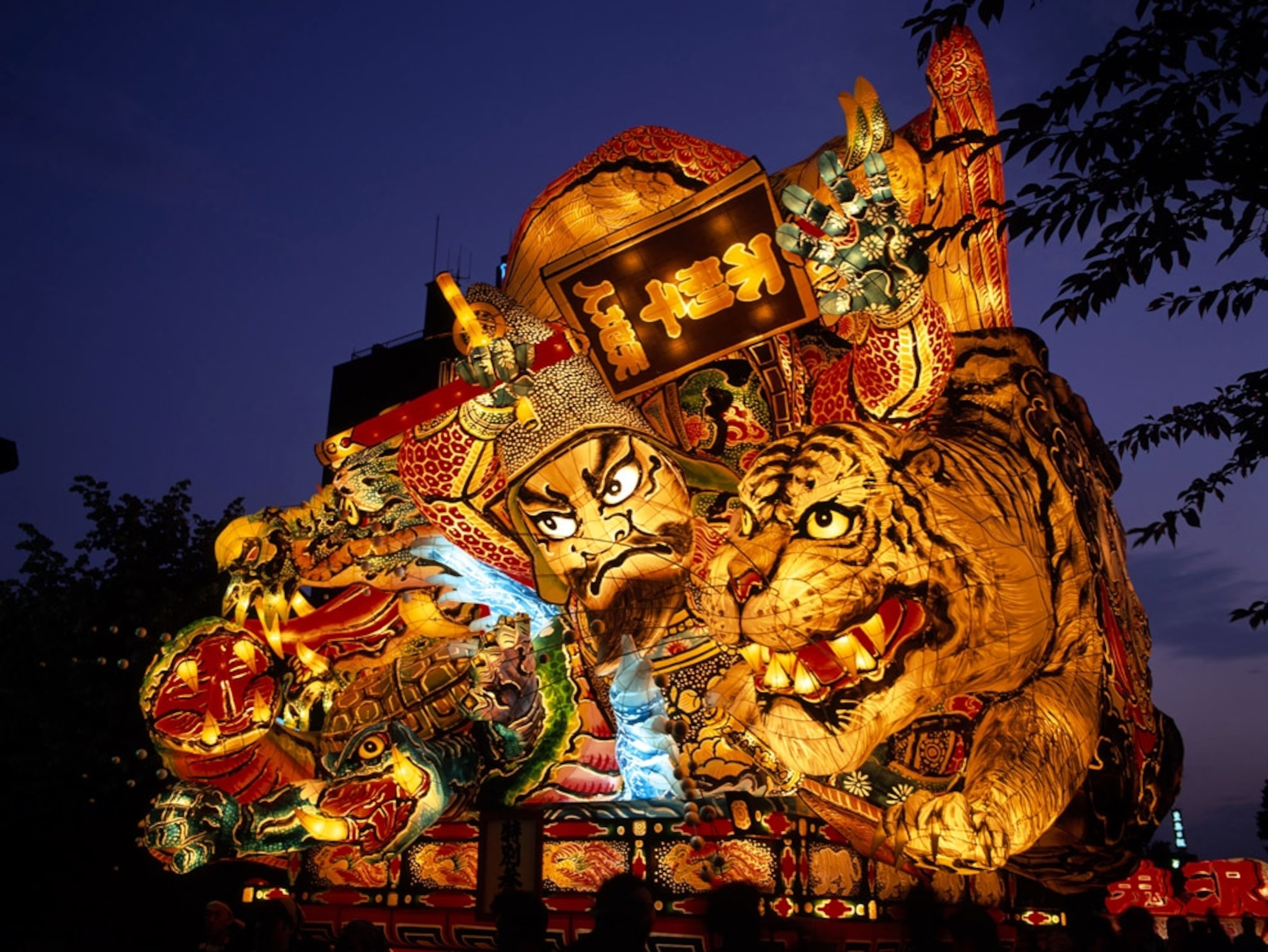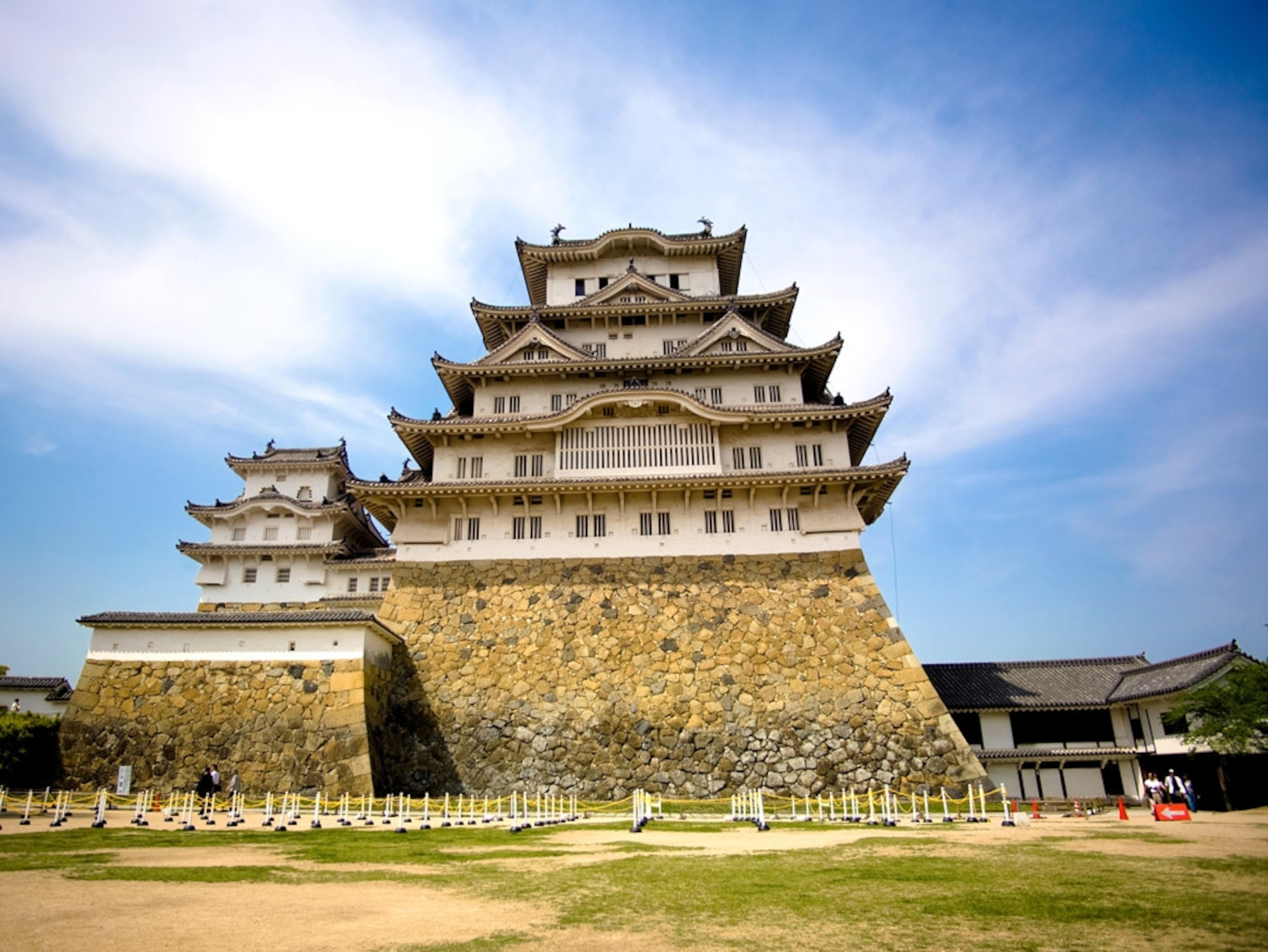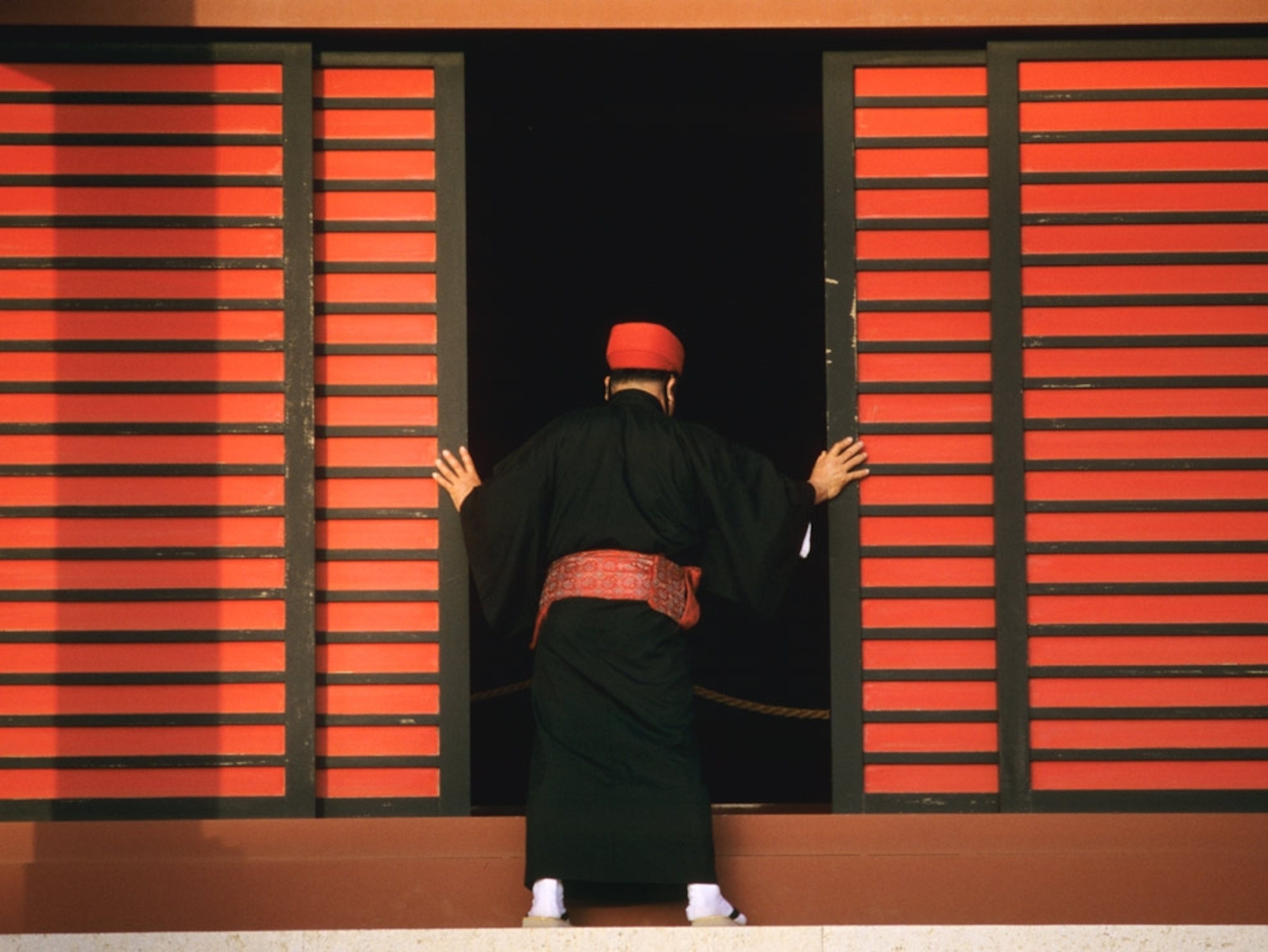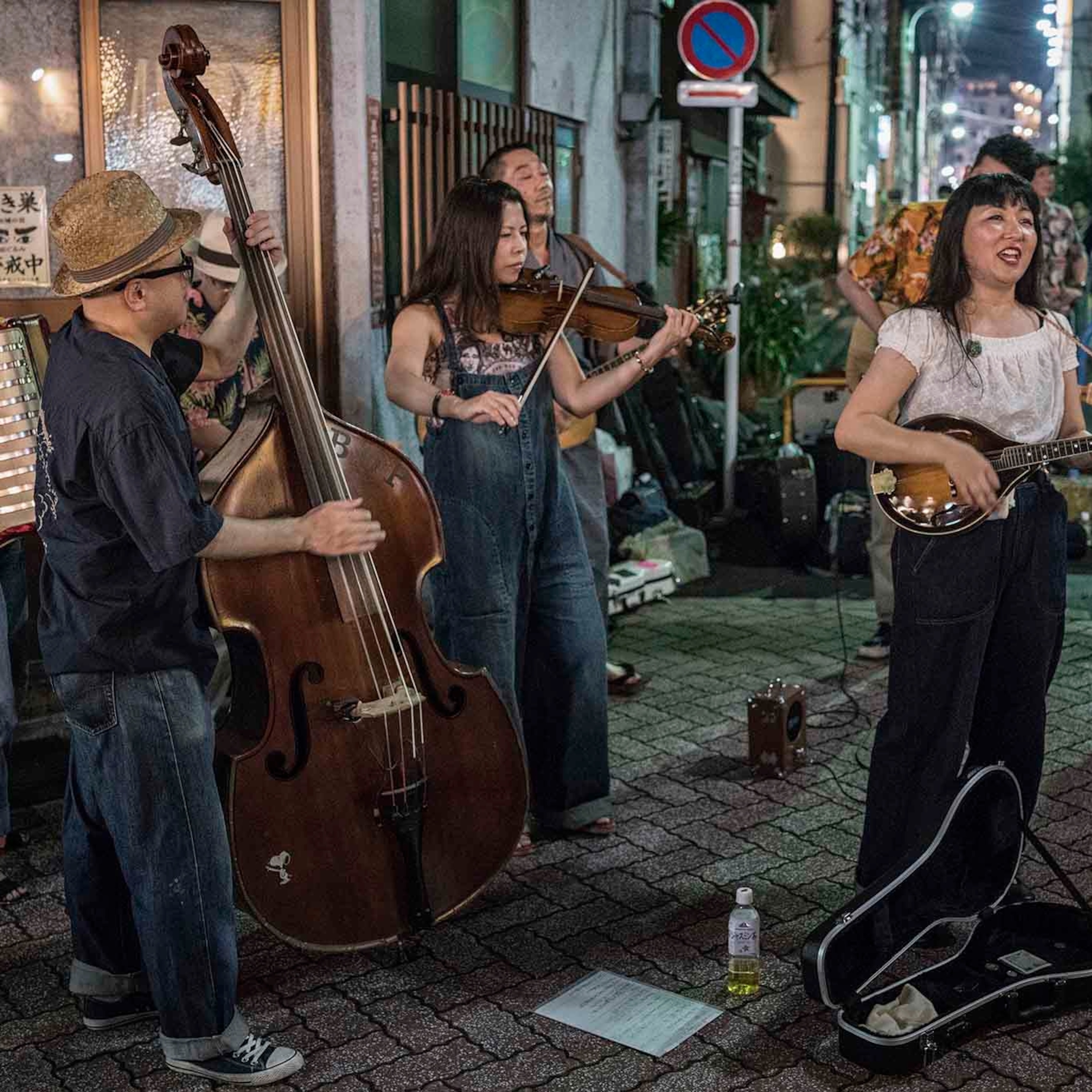
In Japan, Beethoven’s ‘Ode to Joy’ is a Christmas carol
But what will holiday sing-alongs look like in 2020?
Barricaded behind barbed-wires, a dusty POW camp on a foliage-shrouded Japanese island seems like a strange birthplace for one of the world’s largest singalongs. But in the shadow of World War I, a scrappy performance of Ludwig van Beethoven’s Ninth Symphony so captivated the hearts of the Japanese people that it spawned a beloved tradition still used to ring in the New Year.
Each December, hundreds of concerts of the Ninth, with its message of peace, hope, and joy, take place throughout Japan, in venues from shopping malls to community centers. Many of these performances include singalongs of “Ode to Joy,” the choral portion of the symphony’s fourth movement.
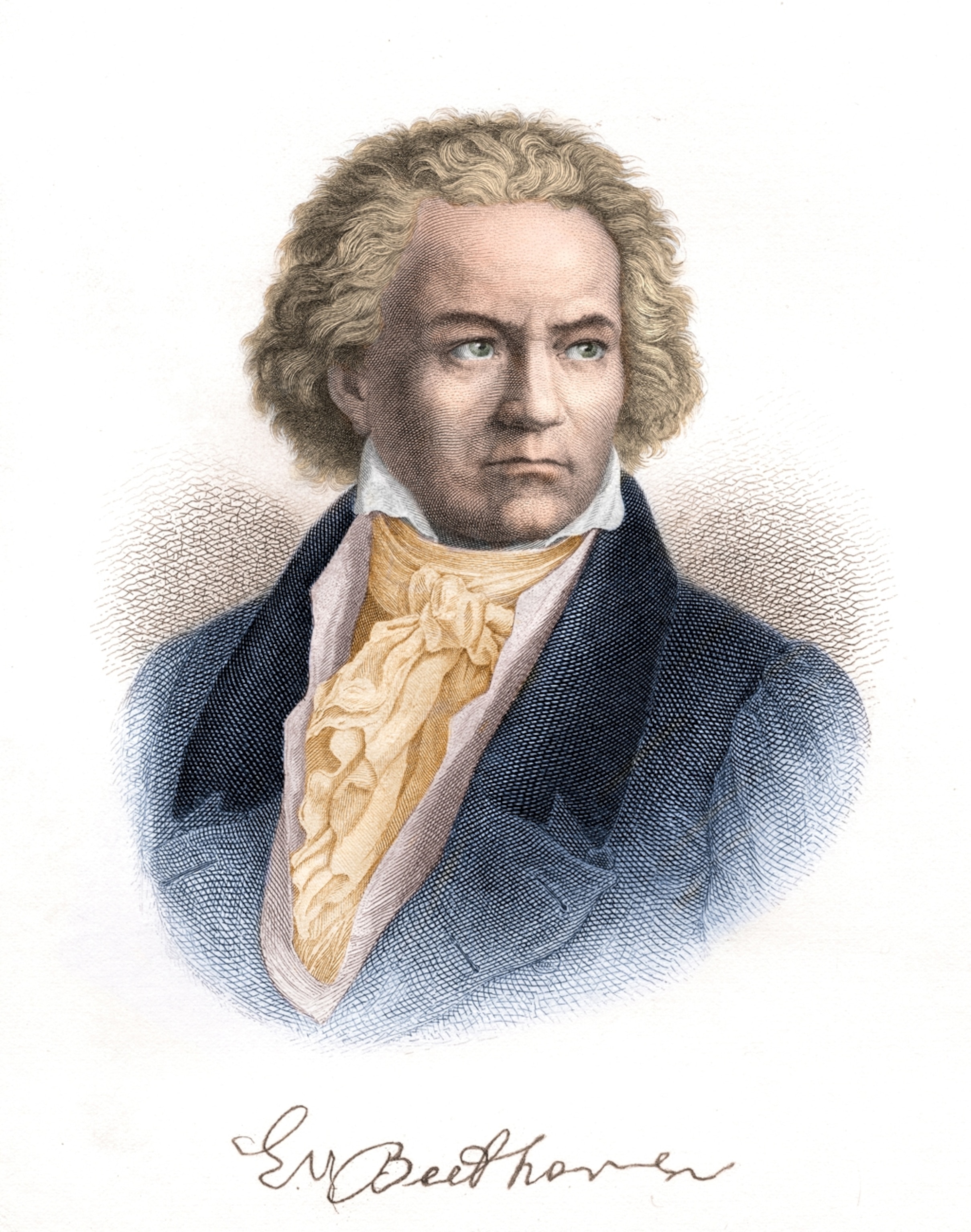
The most anticipated concert is the Suntory 10,000 Freude at Osaka’s Suntory Hall, which usually features 10,000 amateur and professional singers. “The Japanese people’s relationship with the Ninth weaves a social connection and a musical one together,” says conductor Jeffrey Bernstein. “For them, singing ‘Ode to Joy’ is about connecting.”
The unlikely story of how a European composition became Japan’s essential holiday tune begins hundreds of years ago in Germany. But in a year where the coronavirus pandemic has stopped most group singing, is this the end of its reign in Asia?
European roots for a joyful symphony
Beethoven was born in December 1770 in Bonn, an old German town along the Rhine River. He moved to Vienna, Austria, in 1792 to study under famed Classical composer Franz Joseph Haydn. While living in Vienna, Beethoven made huge strides in his career, performing in theaters and concert halls, including the opera house Theater an der Wien and Palais Lobkowitz, a Baroque palace that’s now a museum. However, his personal life was in shambles.
“He had terrible health throughout his life. He wanted love but didn’t find it. He wanted a family but didn’t have one,” says author and filmmaker Kerry Candaele, whose movie, Following the Ninth, documented the global impact of Beethoven’s final symphony. “He was one of the greatest manipulators of sound and he lost his hearing.”
- National Geographic Expeditions
Some scholars theorized that it took Beethoven a lifetime to write the Ninth Symphony, which he completed before his death in 1827. He was inspired by the writings of German poet and philosopher Friedrich Schiller, who in 1785 penned the “Ode to Joy,” touting a universal message of brotherhood, joy, and freedom. By incorporating Schiller’s words in the fourth movement, the Ninth debuted in Vienna’s Theater am Kärntnertor in 1824 as the world’s first symphony featuring a chorus.
Cultural exchange during wartime
Though popular in Europe, the Ninth was not performed in Asia until nearly a century later—in the most unlikely place. During World War I, Japan allied with Britain and captured enemy troops from the German-occupied Chinese island of Qingdao. About 1,000 German soldiers were transported to Naruto, a small town in Tokushima Prefecture that was more accustomed to welcoming Buddhist temple pilgrims than European POWs.
At Naruto’s Bando POW camp, the commanding officer encouraged captured soldiers to participate in activities like operating shops, publishing newspapers, and playing music. On June 1, 1918, German POW Hermann Hansen led the in-residence, 45-member Tokushima Orchestra using partially handmade instruments and an all-male, 80-member choir of other POWS in a performance of the Ninth. Wealthy classical music patron and politician Yorisada Tokugawa heard about the concert and visited the camp several months later for an encore. Japanese musicians at what’s now known as the Tokyo University of the Arts first performed the Ninth in 1925.
Japan’s on-and-off relationship with Germany resumed during World War II, as did its shared appreciation for Beethoven. In December 1943, the graduation ceremony for Tokyo University students drafted to fight in the war featured a performance of the “Ode to Joy.” During the war, Japanese imperialists used the Ninth to promote nationalism; the music also had the unfortunate designation as Adolph Hitler’s favorite symphony.
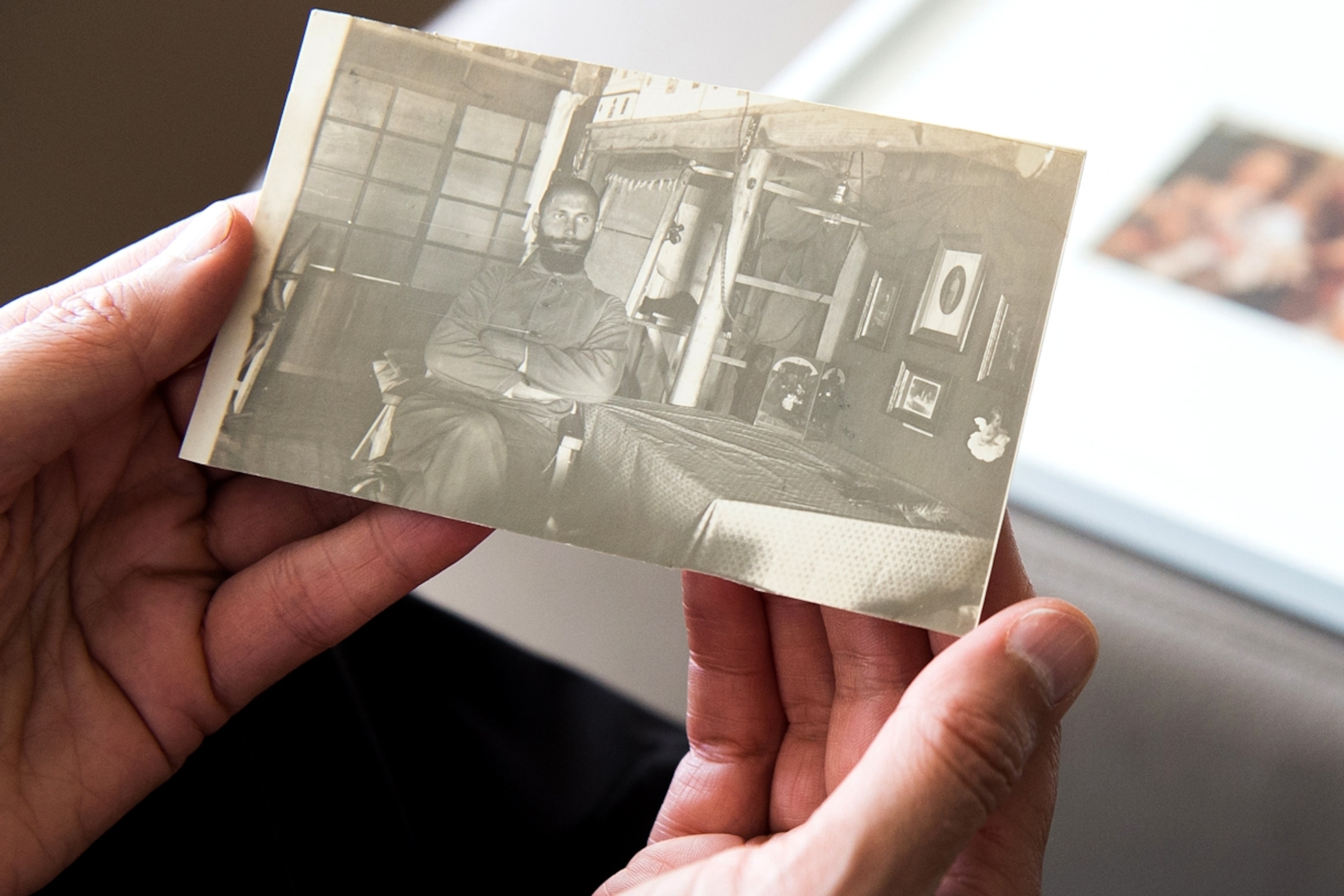
“Since the first time it was performed in 1824, the Ninth has become such an iconic piece that any number of movements and individuals have become attached to it,” Candaele says. “The most notorious was Hitler, who requested the Ninth to be performed on his birthday. He considered it Aryan music, which is odd when you think about the lyrics to ‘Ode to Joy.’ ” Candaele points to phrases including “All people become brothers” and “This kiss to all the world.” He says, “How can you get Aryan racial supremacy out of that?”
(Related: How Napoleon inspired a Beethoven symphony.)
Hitler’s love of the Ninth didn’t stop the revolutionary ideals of the symphony’s “Ode to Joy” from resonating with people all over the world fighting authoritarian regimes. During Pinochet’s dictatorship in the 1970s, Chilean women sang the Spanish version—“Himno a la Alegria” (Hymn to Happiness)—on the streets in Valparaiso and from inside the Tres Álamos concentration camp. In 1989, the Ninth could be heard blasting from makeshift loudspeakers throughout the student-led Tiananmen Square protests in Beijing, China.
That same year, on December 25, legendary American conductor Leonard Bernstein—son of Jewish-Ukrainian immigrants—conducted the symphony at the majestic neo-classic Konzerthaus at Gendarmenmarkt square to celebrate the fall of the Berlin Wall. Bernstein famously changed the word Freude (joy) to Freiheit (freedom).
Scholars see a clear through line. “All great music does a number of things,” Candaele says. “This symphony has that capacity to heal and repair broken people and a broken world at times. The Ninth elevates us to recognize the best parts of ourselves.”
A new beginning in Japan
Post WWII, the Japanese people’s devotion to Beethoven remained steadfast. During the U.S.-led occupation, traditional Japanese music, including kabuki, was censored. War-related movies and references to Japan’s past were also forbidden, but surprisingly, Beethoven eluded censorship. In December 1946, in a Tokyo still emerging from the devastation of war, people showed up in droves to watch Polish-Jewish conductor Joseph Rosenstock and the New Symphony Orchestra’s performance of the hope-filled Ninth.
“The Japanese people find the idea of surviving, rebuilding, and moving forward a powerful force,” says Jeffrey Bernstein, the first American to lead a Daiku concert in Naruto City, Japan, near where those POWs first performed it.
Though that camp is long gone, there are still remnants of the cultural exchange that took place in Naruto more than a century ago. Today, tourists can buy potted plants and German sausages from a roadside station called “Home of the Ninth,” built from parts and materials from one of the prison barracks. Dioramas, photos, and videos of life in Bando fill the Naruto German House, and a statue of Beethoven stands dramatically in front of a grove of cherry blossom trees.
A continuing passion for music
Over the years, the enthusiasm for the Ninth continued. Textile designer Yasu Tanano recalls learning the Ninth in junior high in the 1960s. “We sang ‘Ode to Joy’ in Japanese. The phrase and tones were so easy to grasp and keep in our minds. I often was humming the Daiku when I was a kid,” he said. “Everyone around my age knows it and still remembers it.”
An avid choral performer, Tanano knew he wanted to participate in the first-ever Ichiman-nin Daiku (10,000 people Ninth) concert in 1983, which commemorated the construction of the Osaka-Jo Hall in Osaka. To prepare, Tanano and thousands of other singers rehearsed for months, learning the lyrics in German.
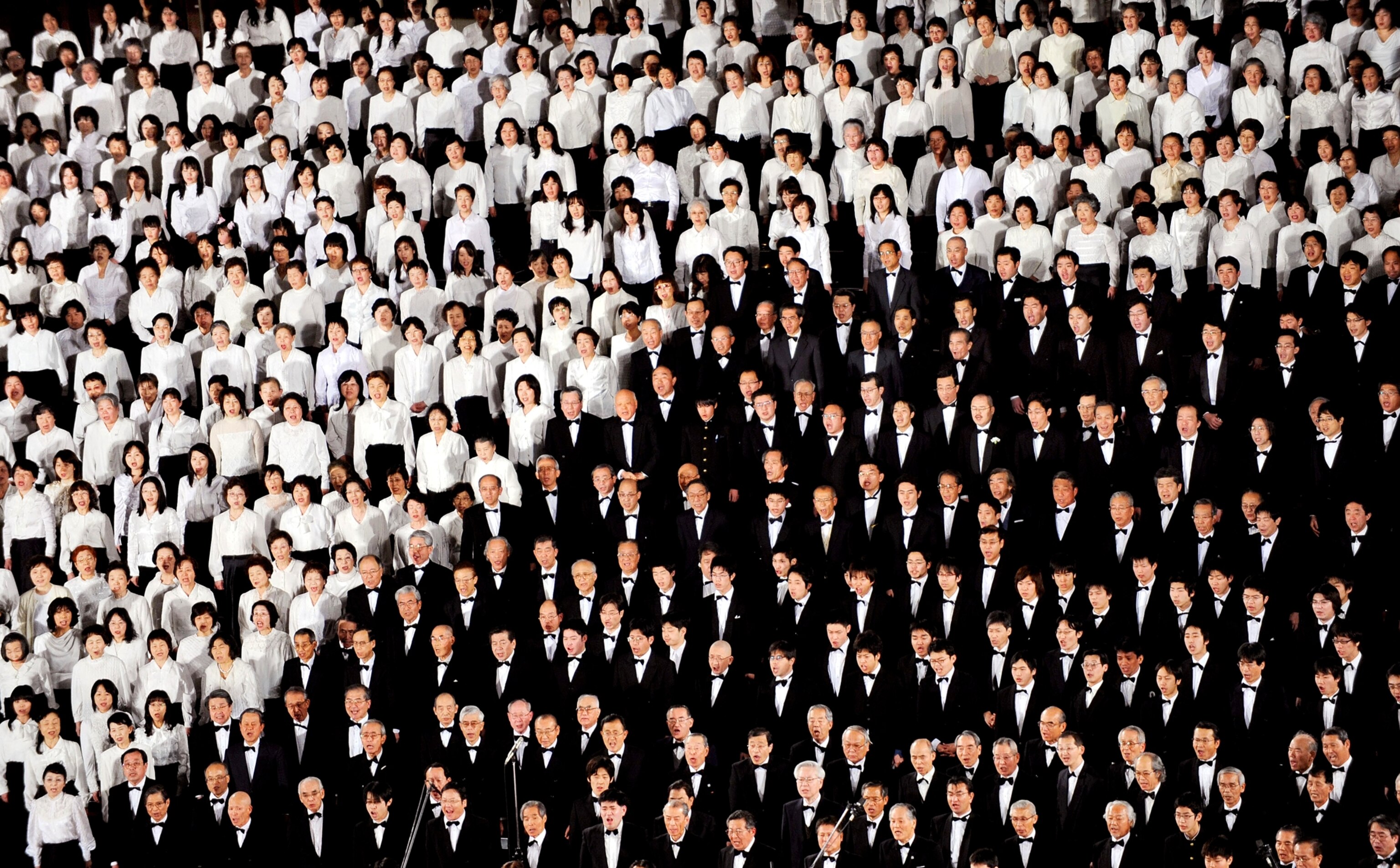
On the day of the concert, the number of performers in the auditorium dwarfed the audience. Men in black tuxedos or suits and women in white blouses and long black skirts took up almost three-quarters of the concert hall seats, while the orchestra set up stage in the middle of the venue. Even though Tanano had sung the “Ode to Joy” in previous concerts, he was astounded to do it with a 10,000-member choir. “The sound was extremely and unexpectedly loud,” says Tanano. “I am sure every singer was stunned. It was an incredible experience—my body was shaking.”
In the years that followed, thousands of amateurs and professionals from all over Japan and other countries have gathered annually at Osaka-Jo Hall for the year-end hurrah. Shizuma Ueda, a systems engineer from Sakai city, was mesmerized after watching his first Ichiman-nin Daiku concert in 2005. “I saw the faces of the performers and I knew I wanted to sing onstage too,” Ueda says. Since then, he’s sung in 14 consecutive performances.
(Related: Tune into these trips with musical themes.)
While the Ichiman-nin Daiku in Osaka is the largest of the performances, each year, nearly 200 smaller-scale concerts take place all over Japan. Local amateur choral groups from Hokkaido to Kyushu encourage anyone who wants to sing—teachers, office workers, homemakers, children—to join. Music stores sell “Ode to Joy” sheet music and bars offer karaoke accompaniments to the song.
For some Japanese, singing “Ode to Joy” is a way for them to connect more broadly with humanity. “Nowadays, we observe many conflicts between different religions or different ethnic groups happening around the world,” says Toshiaki Kamei, former mayor of Naruto and the director of the All-Japan Association of Daiku Choral Societies. “We believe singing Daiku together with people from various cultural backgrounds helps us learn to accept diversity and promote world peace.”
Into the silent night
While world wars, fascism, and communism couldn’t silence the Ninth, the current pandemic has posed an obstacle to group singing. Performing in—or being in the audience for—the famed composer’s final work would have been even more meaningful in December 2020, Beethoven’s 250th birthday. Numerous festivals, exhibitions, and concerts were planned worldwide to commemorate his life and work.
The pandemic has made any large celebration verboten, and group singing, which spreads virus-carrying aerosols, is particularly dangerous. So in Japan, devoted Beethoven fans had to figure out how to keep this holiday singing tradition going without threatening public health.
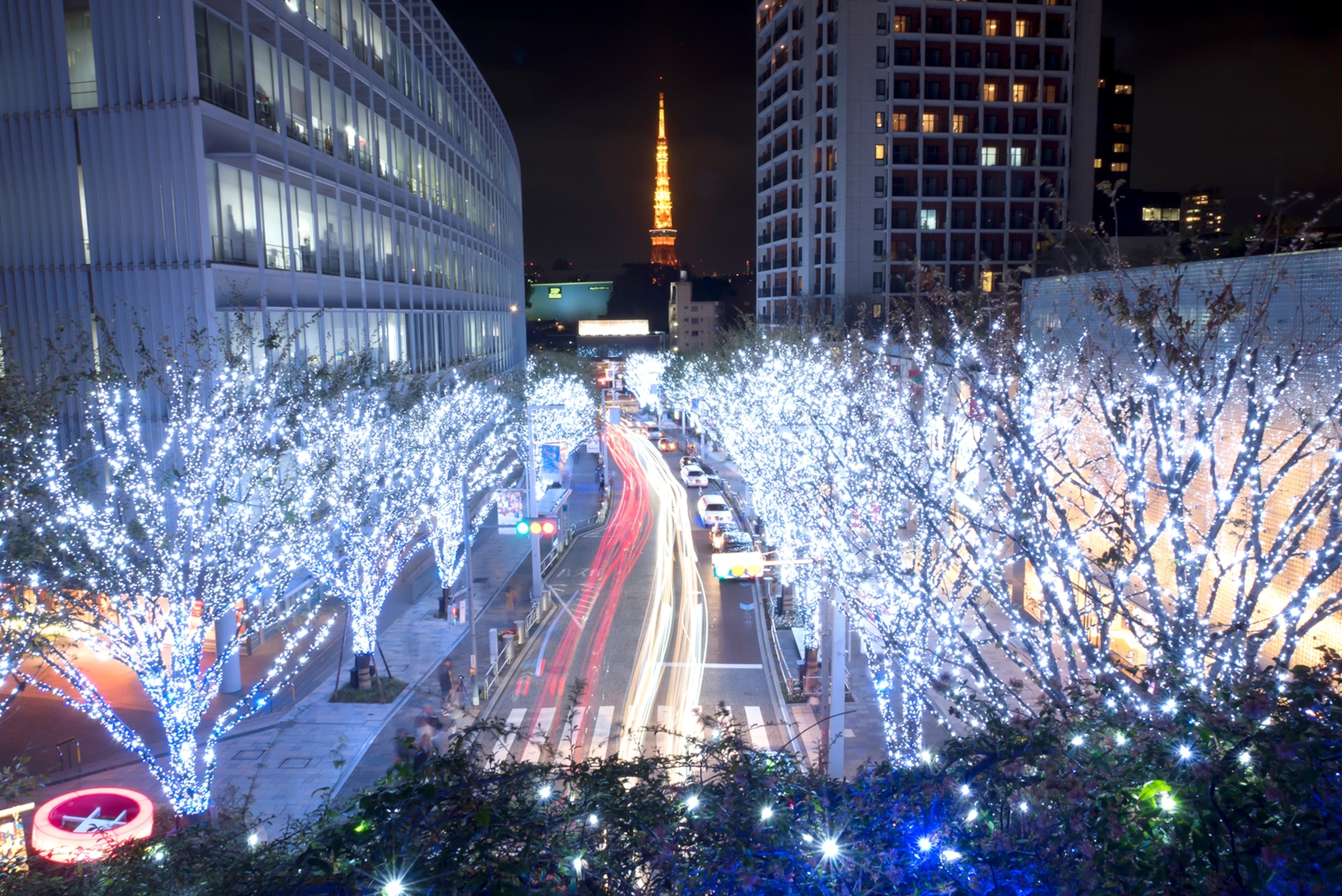
“The pandemic is especially heartbreaking for people who love group singing, because it is such a unique social connection for them,” says Jeffrey Bernstein.
But that hasn’t stopped some from trying. In March, when most of Europe was under strict lockdown, musicians and citizens in Italy and Germany could be heard singing “Ode to Joy” from their balconies and backyards. Over and over again, musicians from the Colorado Symphony to Maryland’s Charles County Youth Orchestra Musicians to the Netherland’s Rotterdam Philharmonic Orchestra have performed “Ode to Joy” virtually as a sort of pandemic theme song.
In Japan, Ichiman-nin Daiku, now known as the Suntory 10,000 Ninth, held a scaled-down version of a “miracle concert” on December 6 to include 1,000 singers and 1,000 audience—with safety measures, including social distancing and plastic mouth shields. They were joined by videos of 9,000 other participants singing in their own homes.
(Related: This Japanese island knows the secret to long life—and resilience.)
Unwilling to let a global crisis rain on the famed composer’s parade, organizers of the celebrations surrounding Beethoven’s 250th birthday have extended the festivities to the middle of September 2021.
In the meantime, even without a blowout celebration, the spirit of Beethoven’s Ninth lives on. “This piece originated in Beethoven’s pen a couple hundred years ago, and it has literally circled the world and involved countless people,” says Bernstein. “The message is so humanistic. The text says someday all human beings will treat each other like siblings. It reminds us that there is more to being human than just going after what you want for yourself. It’s about connecting with other people.”

